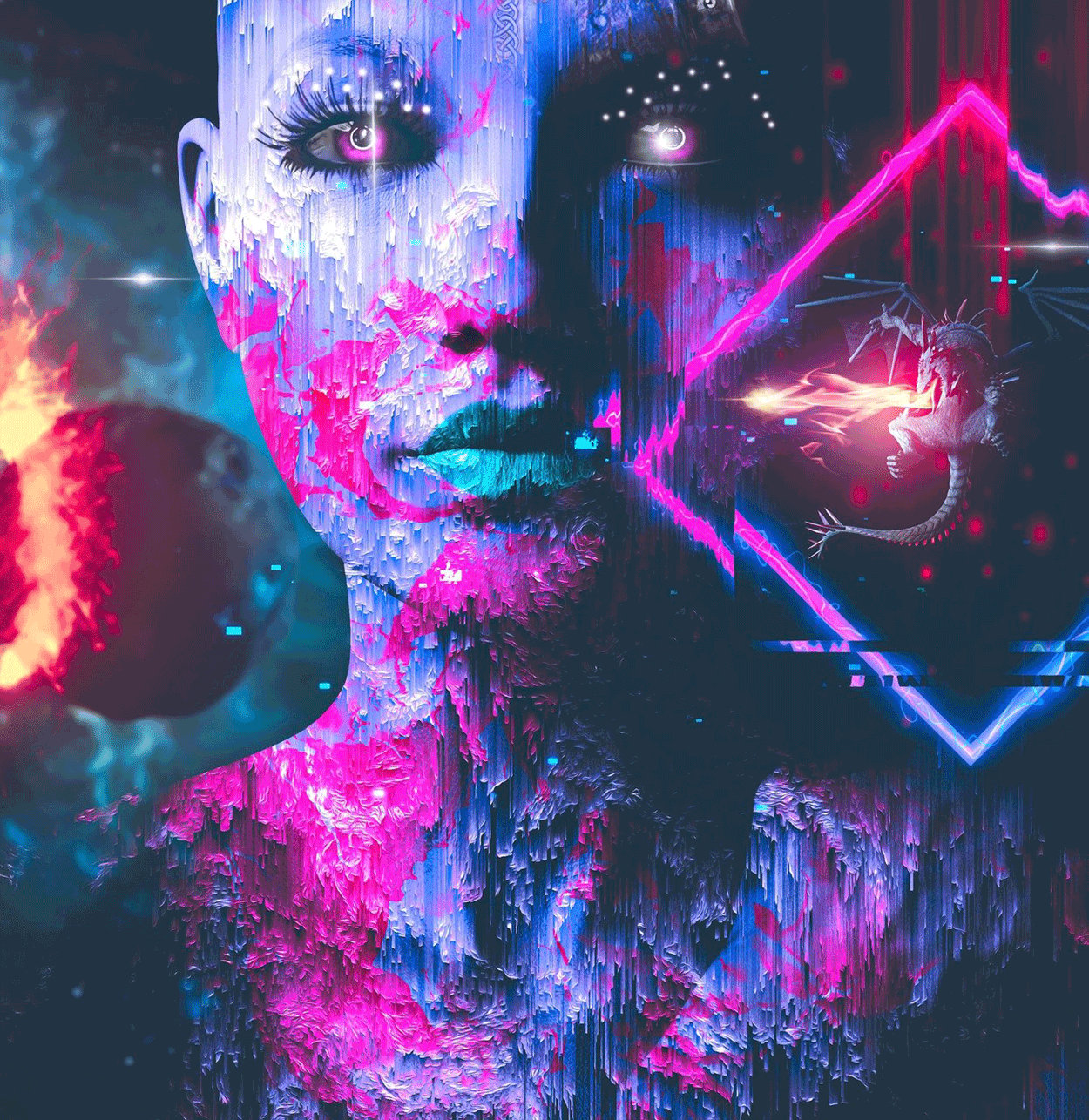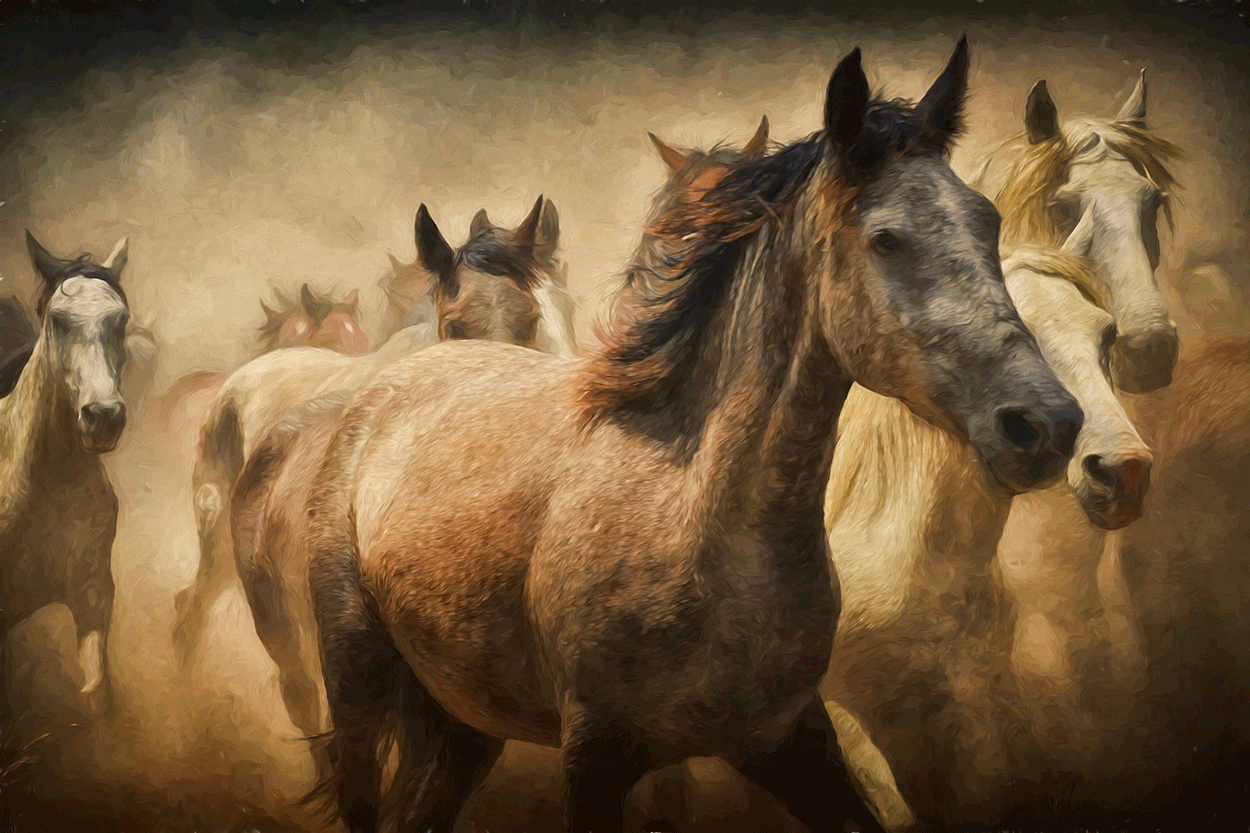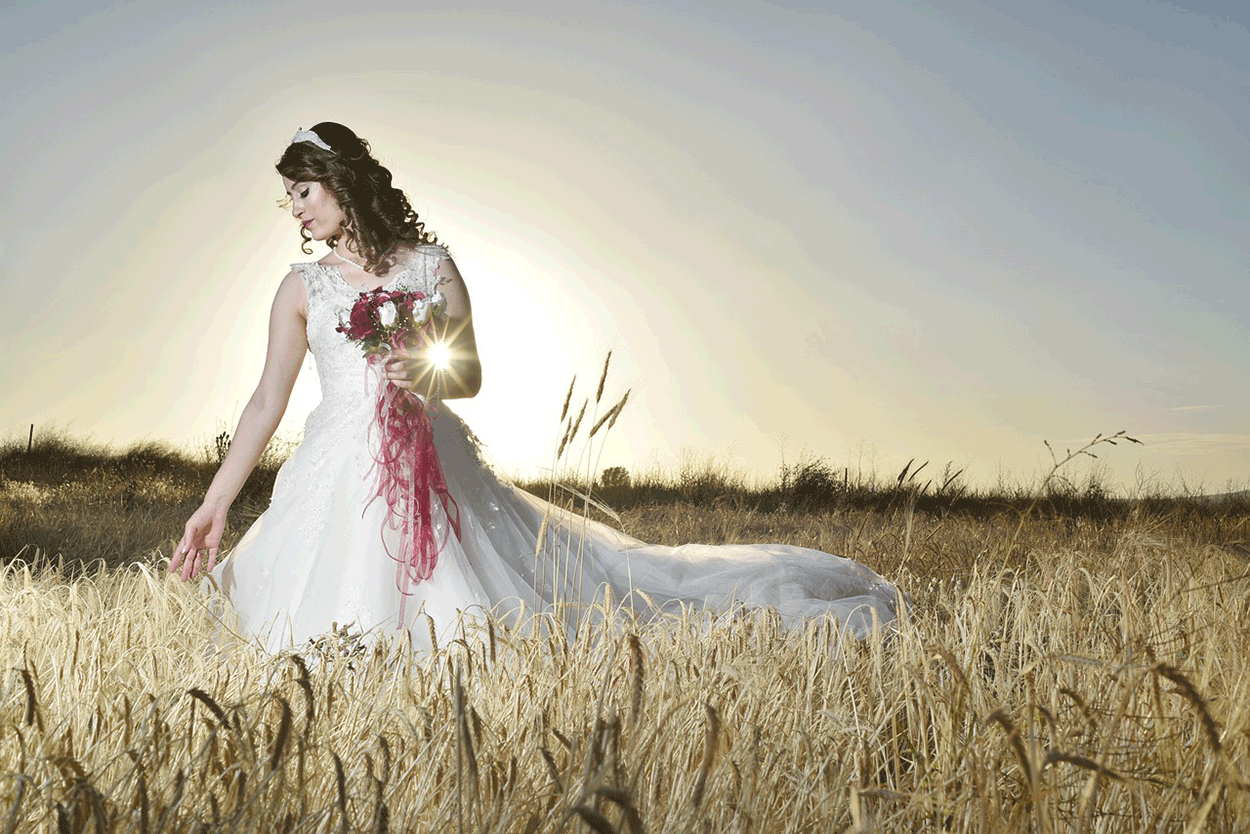Table of Contents |
Digital imaging is the process of creating, capturing, and manipulating visual content in a digital format. This involves converting physical images or scenes into digital data that can be processed, stored, and displayed using electronic devices. In other terms, digital imaging is the process of editing or creating raster-based digital images. This simplified definition often helps users distinguish digital imaging from digital illustration. Digital illustration, or digital drawing uses vector-based software. Perhaps an even easier way to separate digital imaging from digital illustration is that digital imaging primarily deals with photographs, whereas digital illustration’s strength is the production of line art. Line art is a form of drawing that uses straight or curved lines to create illustrations. Digital illustration also includes the use of gradients and shading to create complex designs.
Because digital imaging involves the creation and editing of raster images, it requires raster editing software. The most widely used and recognized raster editing software is Adobe Photoshop. Adobe Photoshop is a powerful image editing software developed by Adobe Systems. It is widely used by professionals and hobbyists alike for creating, editing, and manipulating digital images.

Compositing involves combining multiple visual elements from different sources into a single, cohesive image. This technique is essential in fields like filmmaking, photography, and graphic design, allowing for the creation of complex visuals that appear as if they were captured in one shot. Important aspects of digital compositing include layering, where multiple images or elements are stacked and individually edited; alpha blending, which uses transparency values to blend layers smoothly; and masking, which isolates specific areas for manipulation. Color correction ensures that all elements match and look natural together, while special effects like shadows and lighting enhance realism.
EXAMPLE
Common applications include integrating CGI with live-action footage in films, combining photos in HDR photography, and creating intricate designs in graphic design. Techniques such as green screen, or chroma keying, rotoscoping, and matte painting are often used to achieve these effects, providing artists with greater creative flexibility and control. HDR (High Dynamic Range) photography is a technique used to capture a greater range of light and dark areas in a photograph than what is typically possible with standard photographic methods. This is achieved by taking multiple photos of the same scene at different exposure levels and then blending them together using software.Digital painting is an art form where artists create artwork using digital tools and software instead of traditional mediums like canvas and paint. This technique allows for a wide range of styles and effects, from realistic to abstract, and can be used for various purposes such as illustrations, concept art, and even fine art. Concept art is a form of illustration used to convey an idea or vision for a project, often in the early stages of development. It is commonly used in industries such as video games, films, animation, and graphic novels. Concept art helps to visualize characters, environments, props, and other elements, providing a visual guide for the production team.
Artists use devices like graphics tablets, styluses, and software programs like Adobe Photoshop to simulate traditional painting techniques. Digital painting offers certain advantages over traditional painting. The nature of the medium allows artists to edit and correct mistakes that an artist could be unable to fix with paint on canvas. Another benefit of digital painting is versatility. Artists can choose virtually any color or brush type and canvas size without the need to purchase physical items. The flexibility of digital painting includes features like layers, undo options, along with a vast array of brushes and textures, making it a versatile and powerful medium for creative expression.

The image of the running horses shown above is an example of digital painting. Notice the different lighting effects, brush strokes and textures, particularly in the horsehair. Examples like this showcase the quality of digital painting.
Digital imaging has advanced the field of photo editing, providing photographers with powerful tools to enhance and transform their images. Photographers can adjust exposure, color balance, sharpness, and other aspects of their photos with precision and ease. Exposure refers to the amount of light that reaches the camera sensor or film, determining how light or dark an image will appear. Color balance is the process of adjusting the intensities of colors in an image, typically focusing on the primary colors: red, green, and blue. The main goal is to ensure that colors appear natural and true to life, especially neutral colors like white and gray. This adjustment helps to correct any color casts that might be caused by different lighting conditions, ensuring that the colors in the image are accurately represented. Sharpness in photography refers to the clarity and detail of an image. It is determined by how well an image reproduces fine details and edges. A sharp image has distinct, well-defined lines and textures, making it appear crisp and clear.
The image of the bride walking through the field shown below is a clear example of digital photo editing. Notice the lighting effects, color balance, and sharpness of the image.

Software programs like Adobe Photoshop and Lightroom offer a wide range of features, including filters, layers, and retouching tools, allowing for creative manipulation and correction of images. Photographers can remove unwanted elements, enhance details, and apply artistic effects to achieve their desired look. The ability to work with high-resolution images and non-destructive editing techniques ensures that the original photo remains intact while changes are made. Non-destructive editing refers to a method of editing images where the original data is not permanently altered or overwritten. This approach allows users to make changes to an image without losing the original content, enabling them to revert to the original state at any time. Additionally, digital imaging allows for seamless integration with other digital tools and platforms, making it easy to share edited photos online or prepare them for printing. The flexibility and control provided by digital photo editing have made it an essential skill for modern photographers, enabling them to produce professional-quality images that stand out. Whether for personal projects or professional work, digital imaging has opened up new possibilities for creativity and expression in photography.
Source: THIS TUTORIAL WAS AUTHORED BY SOPHIA LEARNING. PLEASE SEE OUR TERMS OF USE.